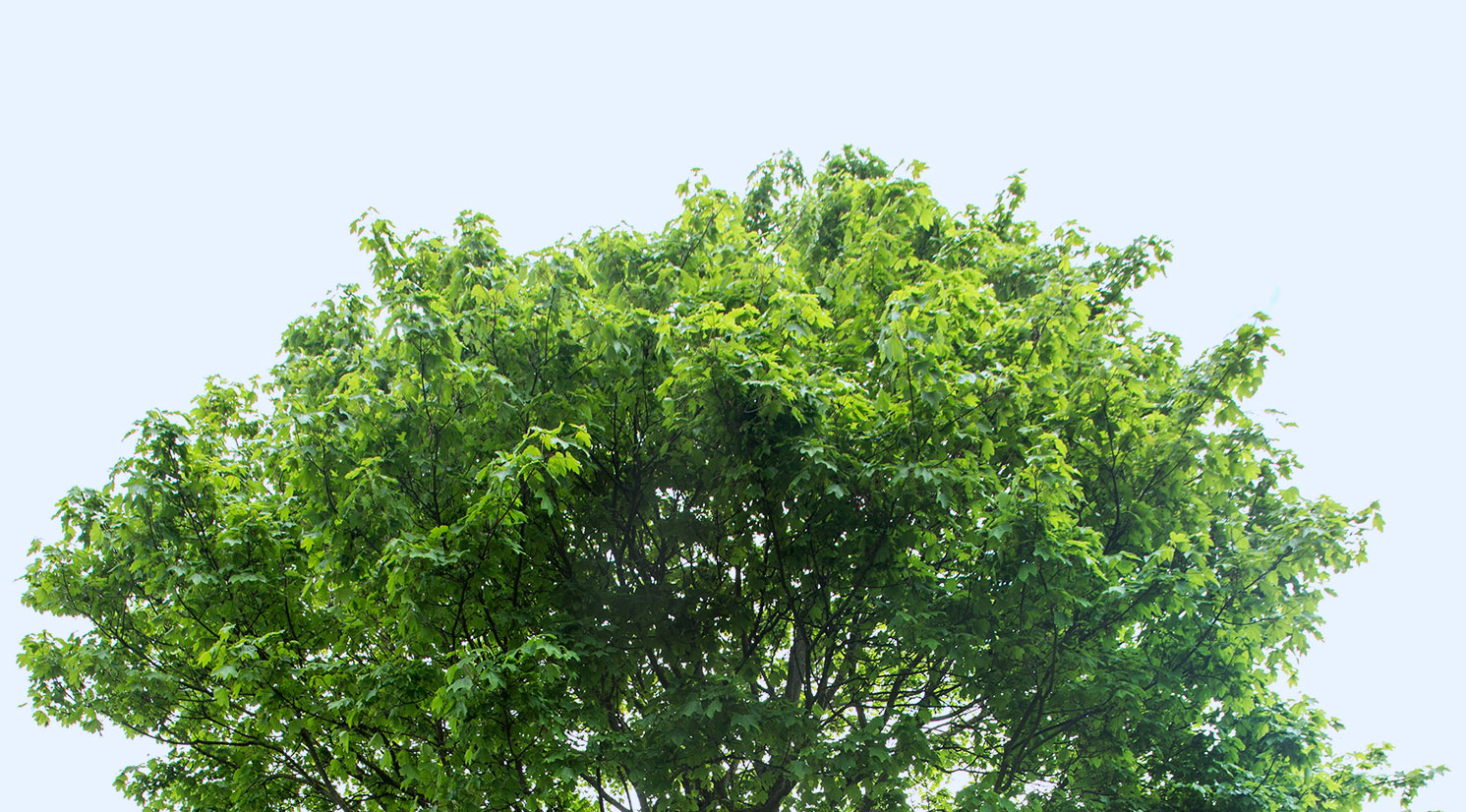Have you ever checked out our Witch Hazel (Hamamelis) collection on The Arboretum’s grounds? This collection is one of our four Nationally Accredited collections through the Plant Collections Network.
Presently, The Arboretum’s collection consists of 299 living plants of witch-hazel and there are 137 taxa (individual names of the species). 224 of these are living and also growing while the remainder are being raised in our nursery for future planting in the collection.
All species and selections of witch-hazel are quite interesting. Typically, these plants flower in what is usually considered the "off" season of blooming- from late fall until early spring, the months of October-March in Ohio. Common witch-hazel (Hamaelis virginiana) begins to bloom in late fall with the vernal witch-hazel (Hamaelis vernalis) ,Chinese witch-hazel (Hamaelis mollis), Japanese witch-hazel (Hamaelis japonica) following from January-late March.
This collection is one that allows for blooms to appear on grounds while many other collections are out of season. Stop by The Arboretum today and while you're exploring, check out our witch-hazel collection and spot the plants that are now blooming in the cold of winter!
Fun Facts:
- The name "Hamamelis" was named by the famous Carl Linnaeus who was a Swedish biologist and physician. Linnaeus invented the modern system of naming organisms and is known as the “father of modern taxonomy”.
- Common witch-hazel (Hamamelis virginiana) is also the source of the witch-hazel astringent you might be familiar with. It is still manufactured today.
- Some Native Americans used witch-hazel and were the source of our first knowledge regarding the unique qualities associated with this plant as a natural topical remedy.
- This natural remedy from this plant can aid in preventing skin irritation and provide a healthy scalp among others.

